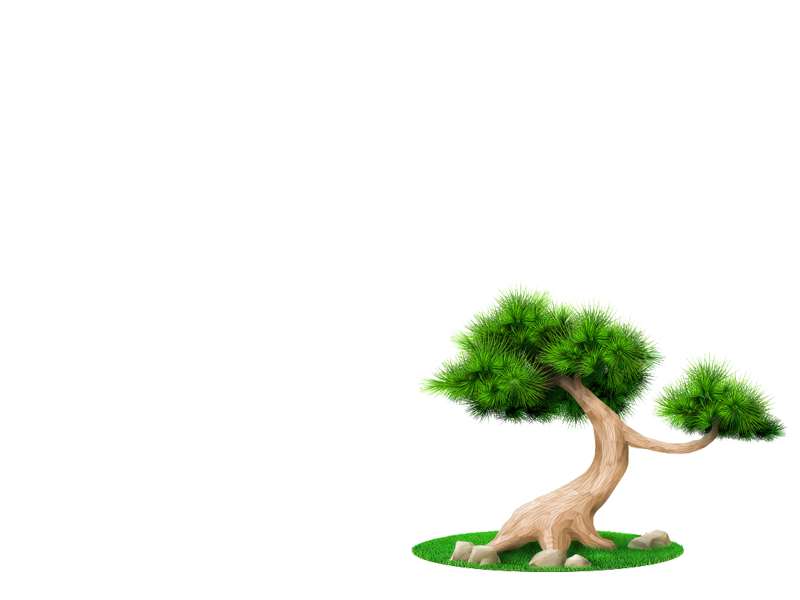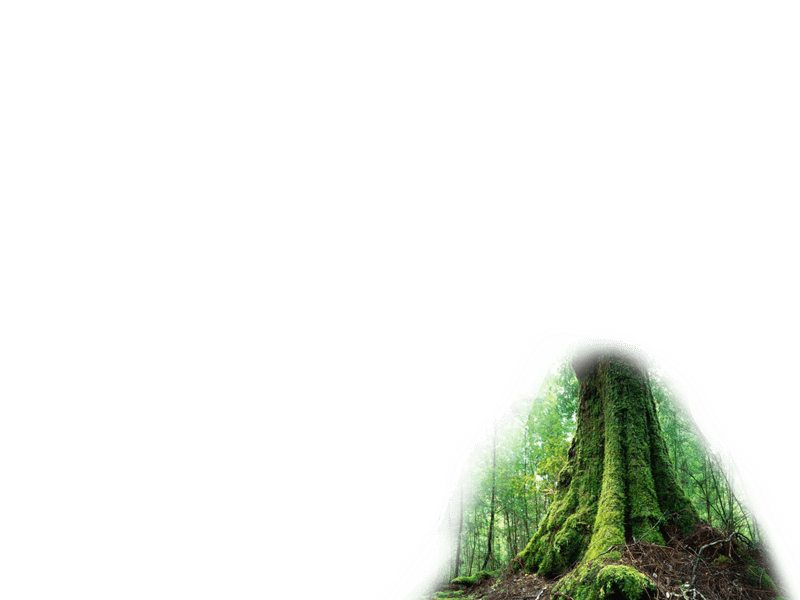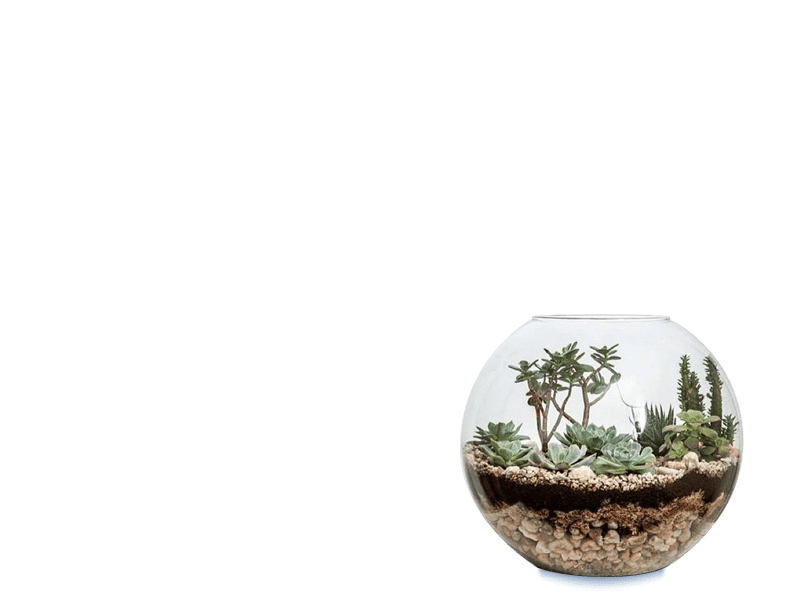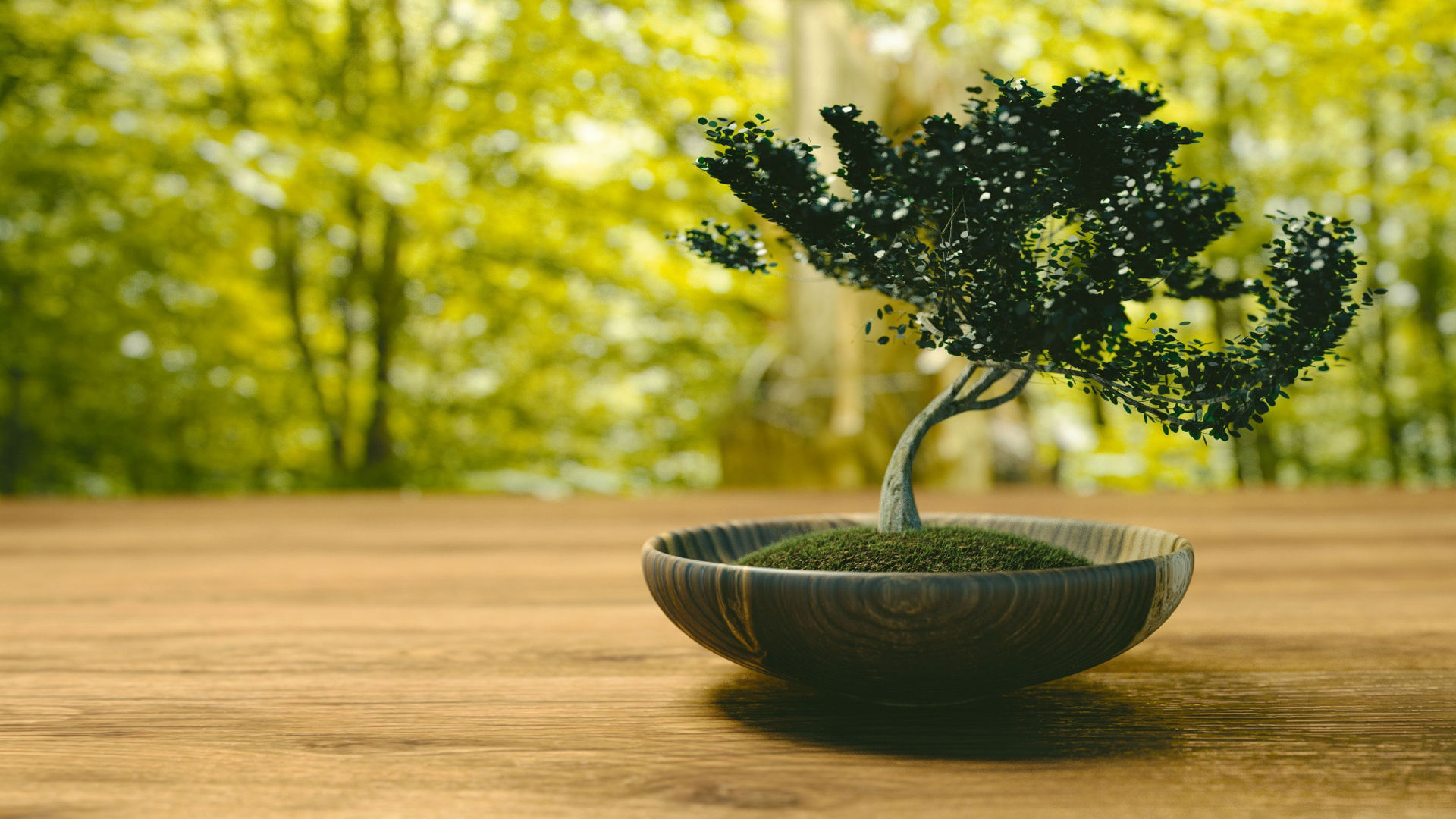No products in the cart.
Bonsai Care
Bonsai care and cultivation requires techniques and tools that are specialized to support the growth and long-term maintenance of trees in small containers.
Bonsai Material sources
All bonsai start with a specimen of source material, a plant that the grower wishes to train into bonsai form. Bonsai practice is an unusual form of plant cultivation in that growth from seeds is rarely used to obtain source material. To display the characteristic aged appearance of a bonsai within a reasonable time, the source plant is often mature or at least partially grown when the bonsai creator begins work. Sources of bonsai material include:
- Propagation from a source tree through cuttings or layering.
- Nursery stock directly from a nursery, or from a garden centre or similar resale establishment.
- Commercial bonsai growers, which, in general, sell mature specimens that display bonsai aesthetic qualities already.
- Collecting suitable bonsai material in its original wild situation, successfully moving it, and replanting it in a container for development as bonsai. These trees are called yamadori and are often the most expensive and prized of all Bonsai.
Bonsai Techniques
This juniper makes extensive use of both jin (deadwood branches) and shari (trunk deadwood).
The practice of bonsai development incorporates a number of techniques either unique to bonsai or, if used in other forms of cultivation, applied in unusual ways that are particularly suitable to the bonsai domain. These techniques include:
- Leaf trimming, the selective removal of leaves (for most varieties of deciduous tree) or needles (for coniferous trees and some others) from a bonsai’s trunk and branches.
- Pruning the trunk, branches, and roots of the candidate tree.
- Wiring branches and trunks allows the bonsai designer to create the desired general form and make detailed branch and leaf placements.
- Clamping using mechanical devices for shaping trunks and branches.
- Grafting new growing material (typically a bud, branch, or root) into a prepared area on the trunk or under the bark of the tree.
- Defoliation, which can provide short-term dwarfing of foliage for certain deciduous species.
- Deadwood bonsai techniques such as jin and shari simulate age and maturity in a bonsai.
Bonsai Care
Small trees grown in containers, like bonsai, require specialized care. Unlike houseplants and other subjects of container gardening, tree species in the wild, in general, grow roots up to several meters long and root structures encompassing several thousand liters of soil. In contrast, a typical bonsai container is under 25 centimeters in its largest dimension and 2 to 10 liters in volume. Branch and leaf (or needle) growth in trees is also of a larger scale in nature. Wild trees typically grow 5 meters or taller when mature, whereas the largest bonsai rarely exceed 1 meter and most specimens are significantly smaller. These size differences affect maturation, transpiration, nutrition, pest resistance, and many other aspects of tree biology. Maintaining the long-term health of a tree in a container requires some specialized care techniques:
- Watering must be regular and must relate to the bonsai species’ requirement for dry, moist, or wet soil.
- Repotting must occur at intervals dictated by the vigor and age of each tree.
- Tools have been developed for the specialized requirements of maintaining bonsai.
- Soil composition and fertilization must be specialized to the needs of each bonsai tree, although bonsai soil is almost always a loose, fast-draining mix of components.
- Location and overwintering are species-dependent when the bonsai is kept outdoors as different species require different light conditions. Few of the traditional bonsai species can survive inside a typical house, due to the usually dry indoor climate.







